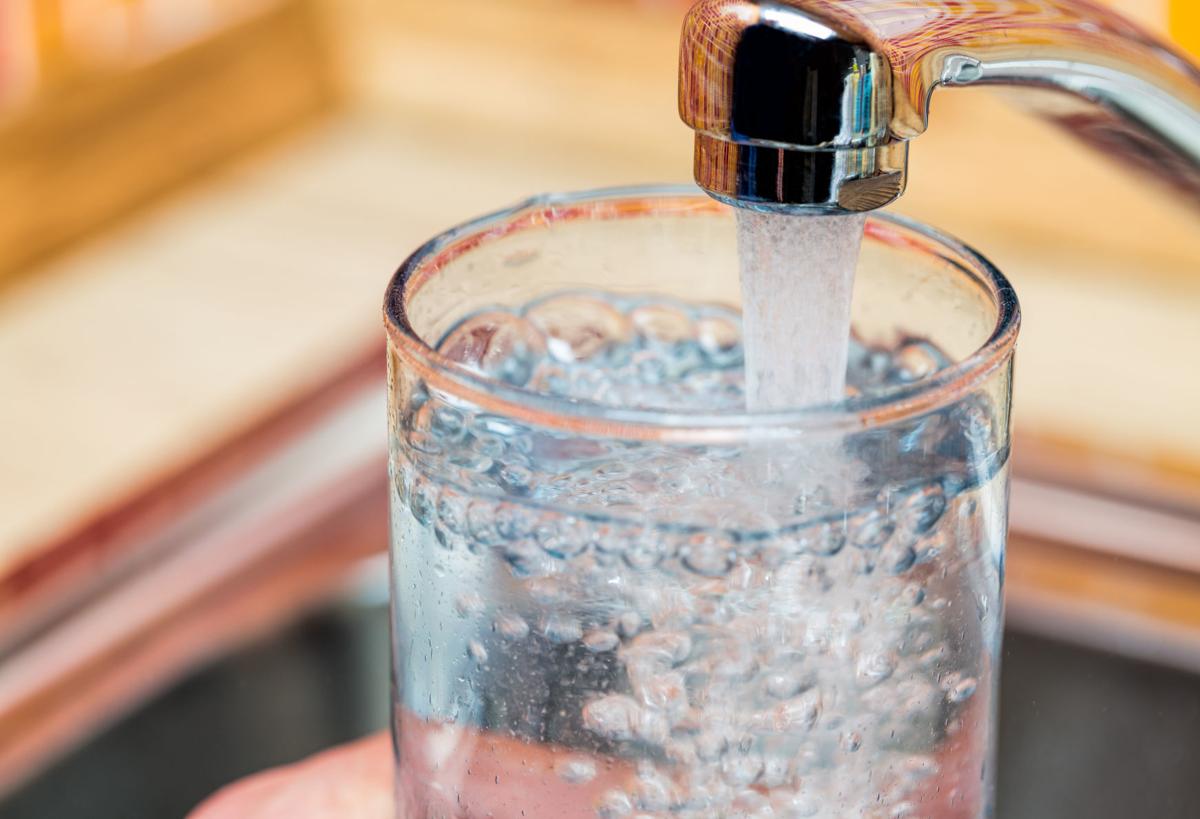PHOENIX — If your youngster attends school in an old building, you might suggest that he or she not drink water from the fountains. Especially first thing in the morning, and particularly on Mondays.
The state Department of Environmental Quality is in the early stages of getting local education officials to test some 7,000 school buildings throughout the state for lead in the drinking water. The DEQ is providing the test kits.
What they’ve found so far may cause some concern.
Of results obtained from 118 schools already tested, 24 showed the presence of lead, about 1 out of every 5.
Whether that 1-out-of-5 ratio will play out across the state remains unclear.
Trevor Baggiore, the DEQ’s deputy director for water quality, said these were the first schools looked at in what started as a pilot program. They were among schools where students are likely to be at risk, he said, because they were built before 1987 when lead was outlawed, both for pipes as well as the solder used to connect copper pipes.
The testing protocol calls for taking samples from fixtures where the water has been sitting for at least six hours. The reason is that lead leaches into the water supply, particularly over time, which is why readings may be particularly high on Monday mornings after the water has been sitting in the pipes all weekend.
And Baggiore said the ratio is not as high as it might seem: While those 24 positive results represent 118 schools, samples were taken in multiple buildings on school grounds. Samples that exceeded federal standards of 15 parts per billion came from tests at 946 buildings, bringing the positive ratio down to 2.5 percent, he said.
Still, the findings have had some concrete results.
For example, the Casa Grande Elementary School District is providing bottled water to students at Palo Verde Elementary School. That came after the district shut off the drinking water supplies after DEQ found high levels of lead.
At San Manuel High School, by contrast, the district simply took the specific fountain with the elevated levels of lead off line, DEQ records show.
No corrective steps have been taken in Pima County schools so far, according to a DEQ spreadsheet that is updated weekly.
The testing is a direct outgrowth of the nationally publicized problems of lead pollution in Flint, Michigan.
Flint’s issue was different, with the cause having to do with a change in the source, and the chemistry, of the water, causing lead to leach out of old pipes. But Baggiore said it got everyone’s attention.
“I think the nation had kind of gone into a lull,” he said. “Nobody was thinking lead issues anymore until the tragic accident of things that occurred in Flint.”
That, he said, spurred DEQ into action. “We looked at our own data as well as the things we know about the water systems in Arizona,” Baggiore said.
“There was a lack of data on schools and water quality in schools and the lead level (of water) being served at schools,” he explained. “We decided to set some money aside and develop this project to identify — and eliminate — the risk to kids.”
Agency spokeswoman Caroline Oppleman said the risk has to be put into perspective.
“According to the Environmental Protection Agency — and it’s also supported by our state and local health officials — childhood lead exposure primarily comes from sources like toys, lead paint, spices, those type of things,” she said. Older toys and older homes are more likely to have lead content.
“Drinking water is not considered to be a significant source of exposure for children in Arizona,” she said.
The first Arizona schools tested were those built before lead was outlawed in 1987. DEQ also targeted schools with children age 5 and younger as well as those in what state health officials consider “high-risk zip codes.”
Since then, the list of schools wanting to participate has grown to 1,200, though only some are even on the schedule for testing.
While some schools have turned off all water, or at least fountains, if DEQ found lead levels above 15 parts per billion, Baggiore said his agency does not believe that’s necessary.
Oppleman said the problem of high lead levels could be limited to an “isolated fixture,” with the rest of the fountains and faucets unaffected.
Beyond that, Baggiore said if the results are below 50 parts per billion, there’s a simple answer: Run the water for at least a minute before allowing anyone to drink it. He said that should flush out lead that leached into standing water in the pipes while they were inactive.
“Shutting water off would not be necessary and would not be something we would recommend,” Oppleman said.
If any test were to show up at greater than 50 parts per billion — which has not occurred — Baggiore said the DEQ would advise a school to turn off the fixture if possible and put up signs advising people not to drink from it. Even that situation does not mean the water needs to be cut off entirely, he said.
“You can wash hands, you can clean and do those things with water that has elevated (levels) of lead without any health concerns,” Baggiore said.
At this point, DEQ is planning to test only public schools.
But Baggiore said local communities may want to do something more comprehensive. For example, he said the city of Scottsdale is using its own resources to test private and charter schools.





